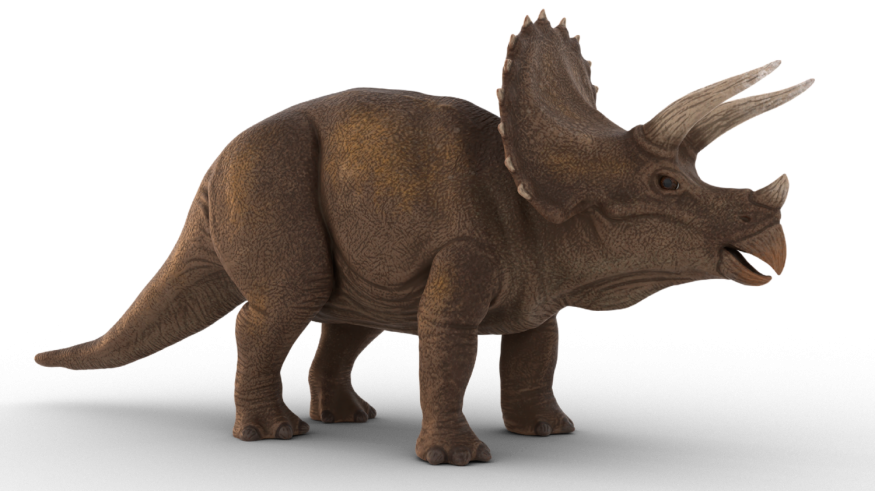Bisticeratops froeseorum, a newly identified species of horned dinosaur, was found in the Upper Cretaceous rocks of the San Juan Basin in New Mexico. The specimen was first discovered in 1975.
New Mexico Museum of Natural History Named a New Species of Horned Dinosaur
When researchers discovered a bone that protruded from the ground was joined to a virtually full cranium. The skull was identified as belonging to a novel species that science has not yet discovered after decades of cleaning and study at the New Mexico Museum of Natural History.
According to Newsweek, Dr. Steven Jasinski, Professor of Science and Technology at Harrisburg University of Science and Technology, stated that additional research on specimens was already held in museum collections, along with the acquisition of new specimens and their study will help us comprehend these dinosaurs even better.
Horned Dinosaur Bisticeratops Froeseorum
Bisticeratops froeseorum was believed to have existed in the Cretaceous Period, which was brought to an end by the asteroid that wiped off most of the dinosaurs 74 million years ago. The new species belongs to the group of dinosaurs known as ceratopsids, which also includes the triceratops. The distinctive features of these enormous, four-legged herbivorous dinosaurs include massive horns, powerful beaks, and a broad, shelf-like forehead.
Tyrannosaurids like the Tyrannosaurus rex mainly preyed on the gentle giants. The skull of the Bisticeratops has evidence that supports this view. Numerous bite marks were discovered on the skull's surfaces, including the upper jaws, cheeks, and frill. Based on their location and size, it is assumed that a tyrannosaurid was responsible for the bites.
It's not known, though, whether the predator found the Bisticeratops already dead or whether it hunted and killed it. Their enormous horns are believed to have acted as a sexual feature for exhibition and mate selection and a protection mechanism against attacks.

According to experts from Harrisburg University, Bisticeratops would have been about 16 to 20 feet long, weighed between 2.5 and 4 tons, and existed approximately 8 million years before its Triceratops cousins. The discovery gives scientists a better understanding of how the ecosystems interacted millions of years ago and helps to flesh out the family tree of dinosaur evolution.
Even though just the skull of Bisticeratops was discovered, according to Jasinski's comment, this fossil provides a wealth of knowledge about horned dinosaurs at a particular period and location. Bisticeratops may reveal the next stage in the evolution of these horned dinosaurs in this area and close a gap between them and the final ceratopsid dinosaurs before their extinction at the end-Cretaceous mass extinction. Other ceratopsids are known from older strata in this area.
Ceratopsid Dinosaurs
According to ThoughtCo, ceratopsians were among the most prevalent plant-eating animals in the later Mesozoic Era. On the other hand, the bulk of Ceratopsidae had quite similar bodies, according to Creative Beast Studio.However, the variations between species were immediately apparent.
The rostral bone on their heads was firm and pointed at the end, resembling an upper lip. Their heads had postorbital horns that stood in front of the frill and pointed upward.
RELATED ARTICLE: 50-Meter Long Trail of 64 One-Meter Dinosaur Footprints Appeared in Wales Beach, Confusing Locals
Check out more news and information on Environment in Science Times.











